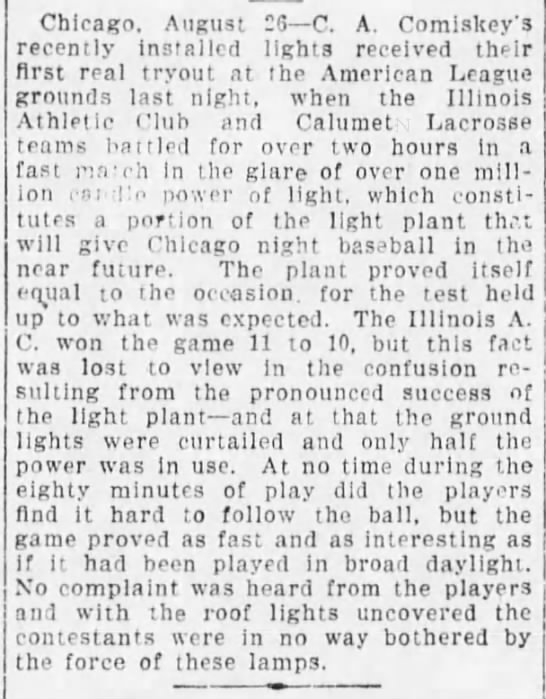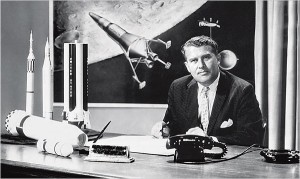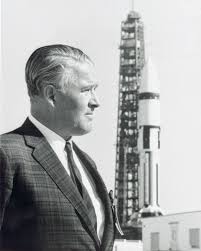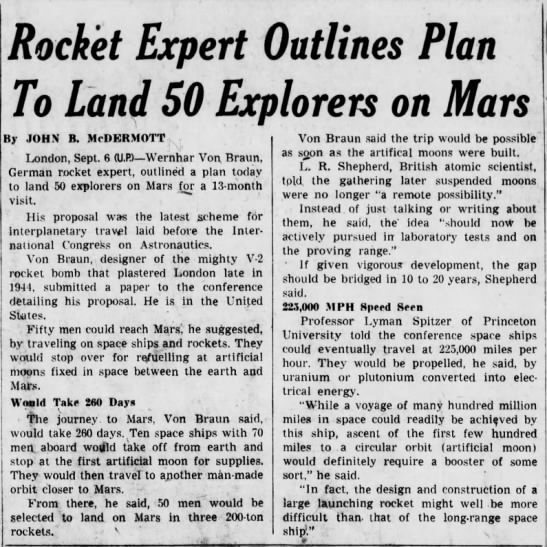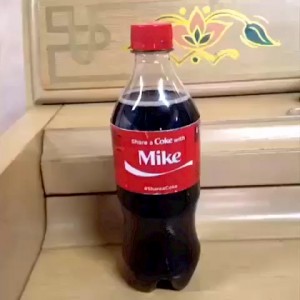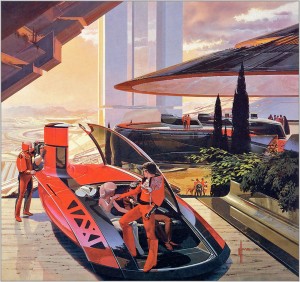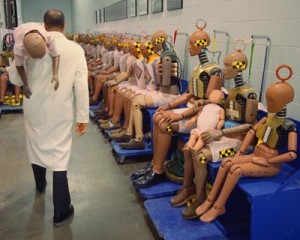
Many Kentuckians who now have Obamacare love the care and hate Obama. When it comes to affordable health insurance, they need it, they want it, they wish they could live without it. Passages follow from a BBC piece about the health-care reform that dare not speak its name in the Blue Grass State and an Ezra Klein Vox post about the aftermath of the Halbig case ruling.
_________________________
From Claire Bolderson’s “Obamacare in Kentucky: The luxury of seeing a doctor“:
“Liberty Sizemore leans back in her chair and beams. The 26-year-old filling station cashier has just been told her enrolment in Obamacare is complete.
Now she can have her first routine doctor’s appointment for seven years.
‘I am so happy,’ says Sizemore as she waits at the Grace Community Health Centre in Clay County, Kentucky, ‘I’ve not had insurance since I turned 19.’
But Sizemore is also nervous. She is seriously overweight and was warned in her teens that she was likely to develop diabetes. Without health insurance she has not been able to afford tests or check-ups to see if she has indeed got the disease.
‘I’ll go to the hospital only in an emergency,’ says Sizemore, who is still paying off the $10,000 bill for removing her appendix two years ago.
‘That’s what’s on my credit card right now,’ she sighs, ‘hospital bills.’
Sizemore is one of 421,000 people in Kentucky who’ve signed up since the Patient Protection and Affordable Care Act, widely known as Obamacare, came into force last October.
Like many, she now qualifies for Medicaid, the government programme that pays for health care for the poorest Americans. Under the new law, the federal government offers states money to expand Medicaid so that many more people on very low wages, like Liberty Sizemore, are covered.
There are also federal funds for new state insurance exchanges where Americans can shop for private plans. Some plans are heavily subsidised by the government, depending on the applicant’s income level.
Kentucky is one of a minority of states – and the only one in the South – to have taken Washington’s money and embraced all the reforms.
But it has done it without embracing the man after whom they are named.
‘The president is not all that popular in the state,’ says Democratic Governor Steven Beshear, pointing to Mr Obama’s 34% approval rating in Kentucky (eight points below the latest national figure reported by Gallup). ‘So we don’t talk about Obamacare,’ he explains.”
_________________________
The opening of Klein’s “No, the Halbig case isn’t going to destroy Obamacare“:
“The Halbig case could destroy Obamacare. But it won’t. The Supreme Court simply isn’t going to rip insurance from tens of millions of people in order to teach Congress a lesson about grammar.
As Adrianna McIntyre explains, the Halbig case holds that Obamacare’s subsidies are illegal in the 36 states where the federal government runs (or partly runs) the exchange. The plaintiffs rely on an unclearly worded sentence in the law to argue that Congress never intended to provide subsidies in federally-run exchanges and so the subsidies that are currently being provided in those 36 states are illegal and need to stop immediately.
This is plainly ridiculous. The point of Obamacare is to subsidize insurance for those who can’t afford it. The point of the federal exchanges is to make sure the law works even in states that can’t or won’t set up an exchange.
For Congress to write a law that provides for federal exchanges but doesn’t permit money to flow through them would have been like Congress writing a transportation law that builds federal highways but doesn’t allow cars, bikes or buses to travel on them.
That was…not what Congress thought it was doing.”





